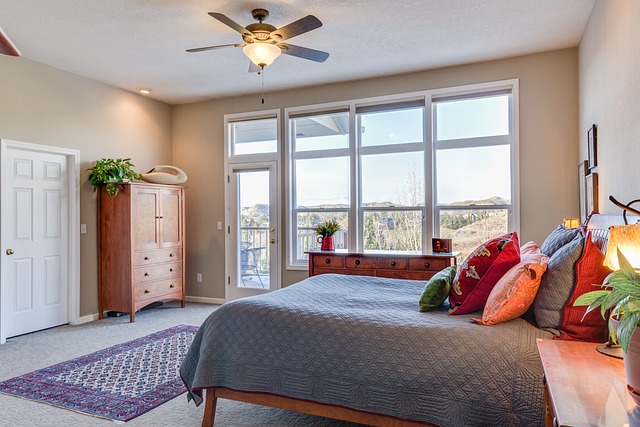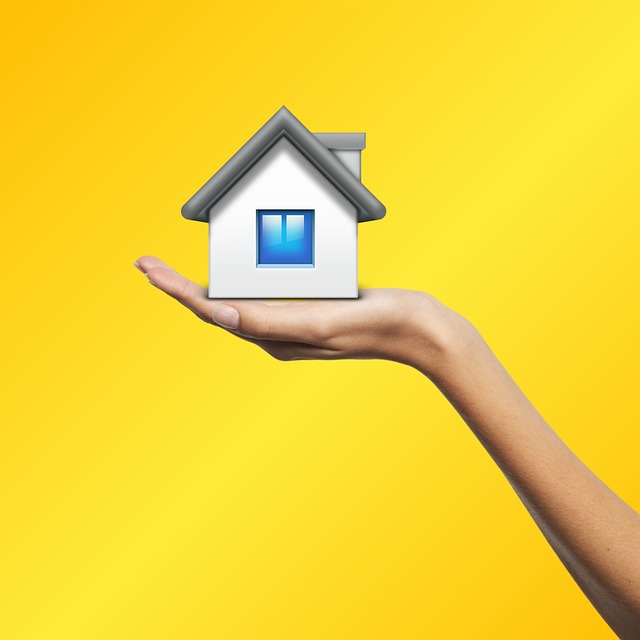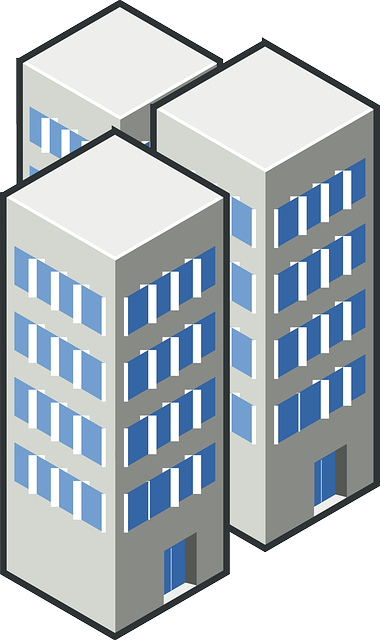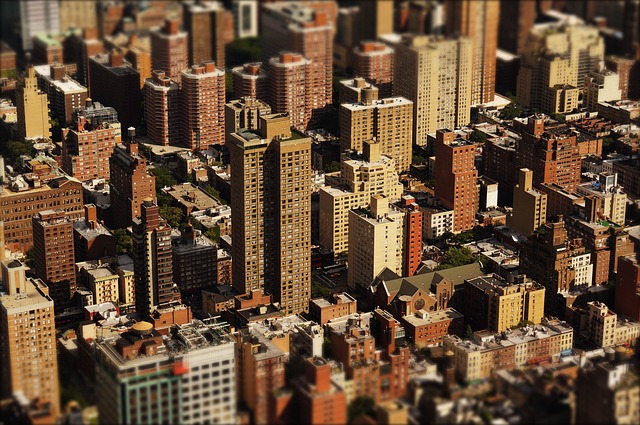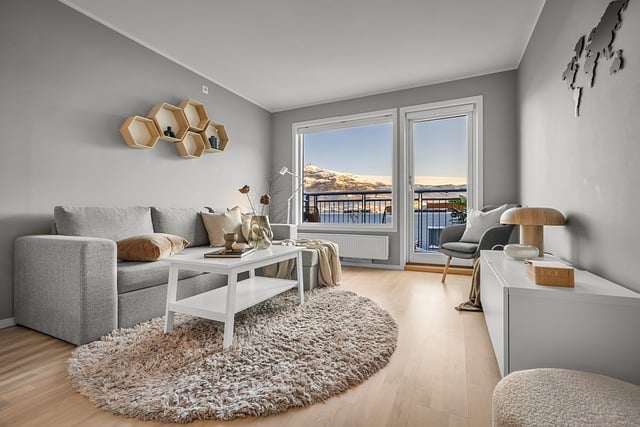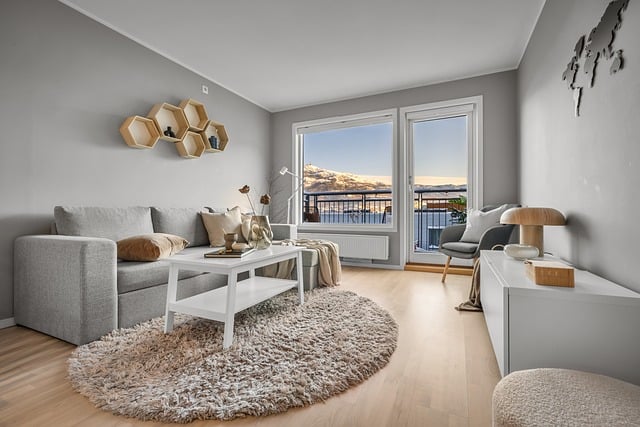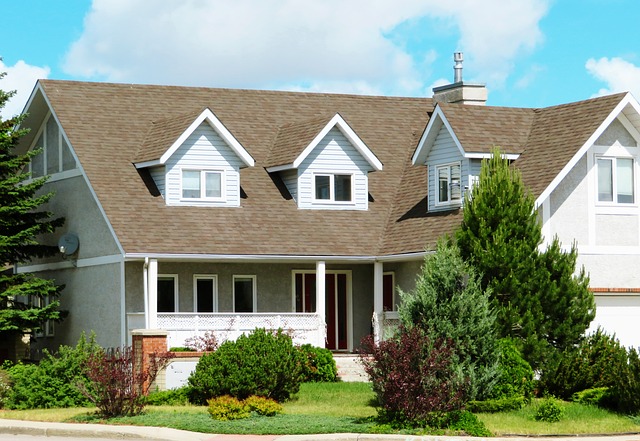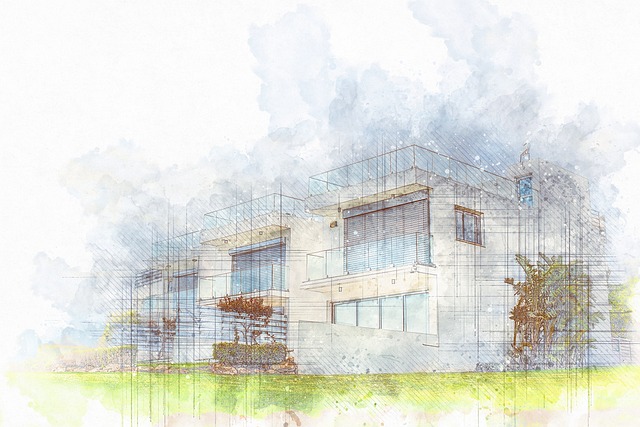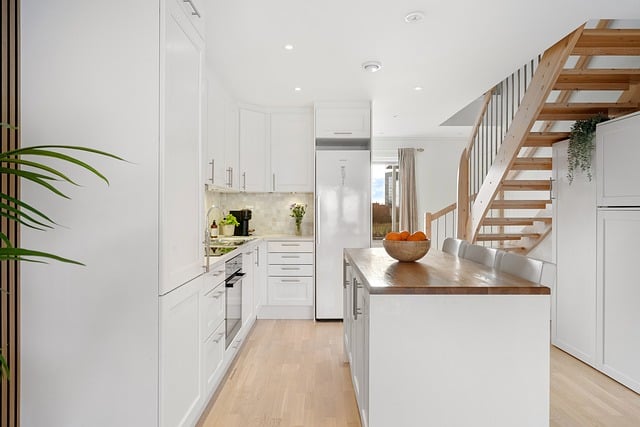Bukit Ho Swee Condos in Bukit Merah are a prime investment due to their strategic location, offering excellent accessibility to MRT stations, bus stops, and ferry services. The neighborhood is well-serviced with shopping malls, schools, healthcare facilities,…….
Category: Bukit Merah Condo
Introduction
Bukit Merah Condo, a residential complex located in the heart of Singapore’s District 3, stands as a testament to the island nation’s commitment to high-density, high-rise living. With its intricate network of buildings, amenities, and community spaces, Bukit Merah Condo offers a glimpse into the future of urban living. This article delves into the multifaceted aspects of Bukit Merah Condo, from its historical context to its global impact, economic significance, technological advancements, policy frameworks, challenges, case studies, and future prospects. By the end of this exploration, readers will have a comprehensive understanding of what makes Bukit Merah Condo a landmark development in urban planning and real estate.
Understanding Bukit Merah Condo
Bukit Merah Condo, often abbreviated as BMC, is a sprawling residential complex developed by the Housing & Development Board (HDB) in Singapore. Comprising hundreds of blocks with thousands of units, BMC has been a cornerstone of public housing in Singapore since its initial construction in the 1960s. Over the decades, BMC has evolved to incorporate modern living standards while retaining its community-centric ethos.
The complex is significant for several reasons: it exemplifies Singapore’s innovative approach to urban living, providing affordable and sustainable housing options; it showcases a successful public-housing model that balances density with quality of life; and it has become a hub for social cohesion and community engagement. In the broader landscape of urban development, BMC stands out for its size, scale, and the comprehensive range of amenities it offers.
Global Impact and Trends
The concept of high-rise residential complexes like Bukit Merah Condo has gained international attention as cities worldwide grapple with housing shortages and urban overcrowding. The trends shaping this trajectory include sustainable development practices, the integration of smart technology in buildings, and the prioritization of community living spaces.
Cities from New York to Hong Kong are adapting similar models to address their housing needs. These developments reflect a global shift towards high-density living that is cost-effective, environmentally friendly, and socially inclusive. The impact of such trends is profound, influencing urban planning, real estate development, and even the social fabric of communities across continents.
Economic Considerations
The economic aspects of Bukit Merah Condo are multifaceted. It plays a crucial role in the local economy by providing affordable housing options for thousands of residents. The market dynamics surrounding BMC include rental and resale price trends, which influence investors and first-time homeowners alike.
Investment patterns in this area have shown resilience despite economic downturns, due to its strategic location and the continuous upgrading of its facilities. BMC’s role in the economic system extends beyond housing; it stimulates local businesses by creating a captive market within its vicinity. The condo’s economic significance is also evident in its contribution to Singapore’s GDP, through both direct and indirect means.
Technological Advancements
Bukit Merah Condo has been at the forefront of technological advancements in urban living. With initiatives like the Smart Nation program, residents enjoy the benefits of smart home technology, energy-efficient buildings, and digital services that enhance daily living.
The impact of these advancements is significant, as they not only improve comfort and convenience but also contribute to sustainability goals. The future potential for BMC includes the integration of even more advanced technologies such as AI, IoT, and renewable energy sources, which will further revolutionize urban living.
Policy and Regulation
The governance of Bukit Merah Condo is guided by a comprehensive set of policies and regulations that ensure its sustainable development and the well-being of its residents. These include zoning laws, building codes, and community engagement initiatives. The HDB, along with relevant government agencies, has established a legislative framework that promotes affordability, safety, and innovation in housing projects.
This regulatory environment not only governs new developments but also guides the continuous upgrading of existing infrastructure within BMC. It ensures that the complex adapts to changing needs while maintaining high standards of living.
Challenges and Criticisms
Despite its success, Bukit Merah Condo faces challenges such as managing aging infrastructure, maintaining a balance between privacy and community living, and ensuring that new developments align with the existing social fabric. Critics often highlight issues like overcrowding, the need for more green spaces, and the potential for homogenization within high-density areas.
To address these challenges, strategies such as incremental building upgrades, the incorporation of community feedback into development plans, and the creation of public spaces that promote biodiversity and social interaction are being implemented. These solutions aim to enhance the quality of life for residents while preserving the unique identity of BMC.
Case Studies
Several case studies within Bukit Merah Condo demonstrate the successful integration of housing, community, and technology. One such example is the revitalization of Block 122, which included upgrades to facilities and amenities based on resident feedback. Another is the implementation of smart technologies in Block 467, where residents enjoy the benefits of a digitally connected living environment. These case studies provide valuable insights into best practices for future urban developments.
Future Prospects
The future of Bukit Merah Condo is one of continuous evolution and innovation. Plans are underway to further develop the complex, with an emphasis on sustainability, smart technology integration, and community-centric living. The HDB’s vision for BMC includes not only maintaining its status as a model public housing development but also pushing the boundaries of what high-density living can achieve in terms of quality of life, affordability, and environmental responsibility.
In conclusion, Bukit Merah Condo stands as a testament to Singapore’s commitment to effective urban planning and innovative solutions to modern living challenges. Its future prospects are promising, with the potential to serve as a global benchmark for sustainable, affordable, and technologically advanced urban communities.
This exploration of Bukit Merah Condo provides a comprehensive overview of its multifaceted impact on urban development, economic growth, and community living. As Singapore continues to refine and expand upon this model, the world watches with interest, eager to learn from this urban success story.
Bukit Merah Condo: Unveiling Zion Road Parcel A Development Guide
The Bukit Merah Condo complex is a modern living masterpiece in today's digital world, offering strategic location, convenient amenities, and a community-focused atmosphere. Its well-designed layout seamlessly blends comfort with convenience, while its vi…….
Uncover Modern Living: Bukit Merah Condos’ Unmatched Amenities
Bukit Merah Condos offer modern living with unparalleled convenience in Singapore's energetic neighborhood. Nestled near iconic malls like Westgate and Bukit Merah Central, residents enjoy easy access to diverse F&B outlets, supermarkets, and a lively…….
Bukit Merah Condo Market 2024: Trends, Challenges & Opportunities Forecast
The Bukit Merah condo market is experiencing a surge in popularity, driven by its unique blend of modern high-rises and heritage buildings, ideal location near Singapore's central business district, and robust economic growth. Forecasted to grow further i…….
Affordable Condos on Zion Road: Unlocking Bukit Merah Living
Bukit Merah condos have gained popularity for their strategic location, accessibility to public transport, and proximity to essential amenities. This vibrant community offers a mix of modern and affordable housing options, attracting first-time homebuyers and…….
Zion Road Apartments: Your Comprehensive Guide to Bukit Merah Condo Living
The Zion Road Apartments in the heart of Bukit Merah Condo offer a prime urban lifestyle with convenient access to transportation and local amenities. Spacious, modern condos feature state-of-the-art appliances and contemporary designs. The complex provides ex…….
Unveiling New Horizons: Bukit Merah Condos’ Zion Road Launch
The Bukit Merah region in Singapore experiences a boom in condo demand due to its strategic location, excellent transport links, and proximity to amenities. This trend appeals to various demographics, with new developments, government initiatives, urban renewa…….
Bukit Merah Condo: Embracing Prime Living at Zion Road Apartments
The Zion Road Apartments within the Bukit Merah district present an ideal living situation for those prioritizing comfort, accessibility, and connectivity. These apartments are strategically located to offer residents a wealth of amenities and services at the…….
Zion Road Apartments: Your Guide to Luxury Living and Smart Investment at Bukit Merah Condo
The Bukit Merah Condo on Zion Road is a top-tier residential development offering a prime urban living experience with modern amenities and diverse facilities. It boasts a strategic location near various lifestyle amenities, including dining, shopping, entert…….
Budget-Friendly Bukit Merah Condos: A Renter’s Guide to Zion Road Living
The Bukit Merah Condo in Singapore offers a prime location with affordable condominiums for rent along Zion Road, attractive to a diverse range of residents including professionals and students. It provides easy access to both the Central Business District an…….
